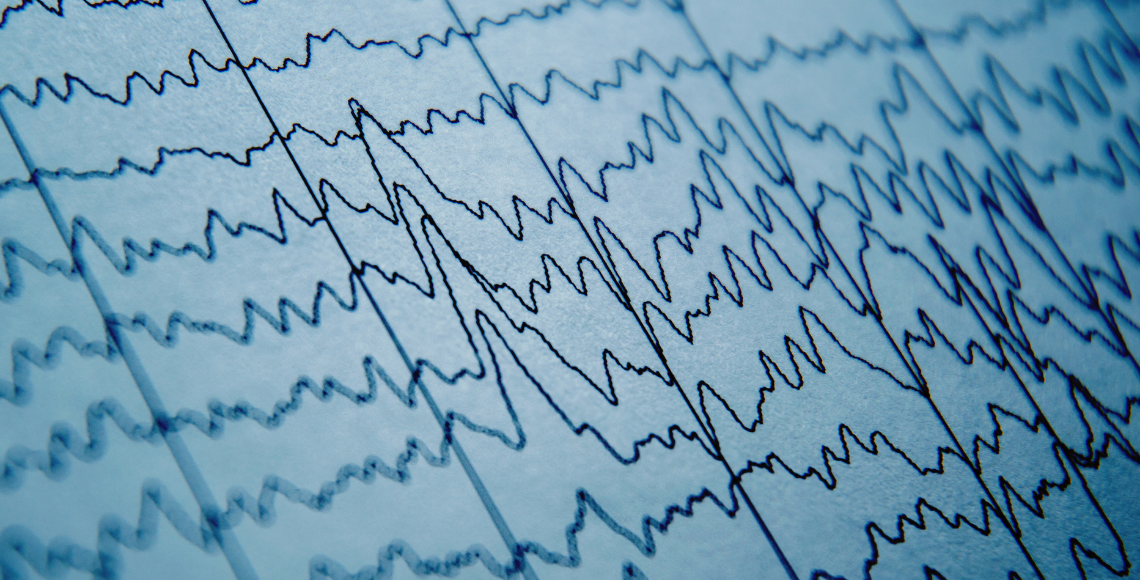Using computer models to explore networks in the brain
Epilepsy affects 700,000 people in the UK and current diagnostic approaches are expensive and/or time consuming.
The human brain is composed of billions of individual brain cells connected in highly complex networks to allow dynamic switching between different states, functions and tasks. In people with epilepsy the brain occasionally switches into a catastrophic state called an epileptic seizure, caused by abnormalities in the dynamics of brain networks.
Network dynamics in epileptic seizures
As brain activity is normal most of the time, the abnormal network dynamics remain hidden until the seizures occur. If the hidden dynamic properties could be detected during normal brain activity, they could form the basis for a test to inform diagnosis and treatment.
Recent years have seen rapid development in computing technology, allowing simplified ‘brain networks’ to be constructed in a computer and their dynamic properties explored. We used this approach in a first-of-its-kind influential theoretical work, in collaboration with the University of Exeter, where we showed seizures can arise in brain networks because of subtle combinations of altered connections and activity in brain cells.
'Brain in a computer'
This led to an MRC Programme grant, from which we developed a novel approach to interrogate electroencephalography (EEG, electrical brain wave recordings), to identify these subtle changes in people with epilepsy. We used EEG to measure connections between brain regions in individual human brains and this map of connections provided a basis to build a simulated ‘brain in a computer’. We then tested whether this artificial brain could generate abnormal brain network dynamics that lead to seizures.
This work enabled us to develop a test for epilepsy, based on a short recording of EEG during normal wakefulness. This approach has now been patented and licensed to a company called Neuronostics - a joint spinout from King’s College London and the University of Exeter. Working closely with their Lived Experience Group, Neuronostics are developing a clinical decision support system based on our approach to diagnose epilepsy.
Predicting type of seizure
Our research has also shown that brain network features in epilepsy are inherited, and that we can predict the specific type of seizures that the person will experience from our brain network computer models. These findings could help to further refine diagnostic tests and management approaches in people with epilepsy.
IMPACT AREAS:
Novel Diagnostics and Therapeutics | Industry Collaboration | Data and Analytics to Drive Healthcare







